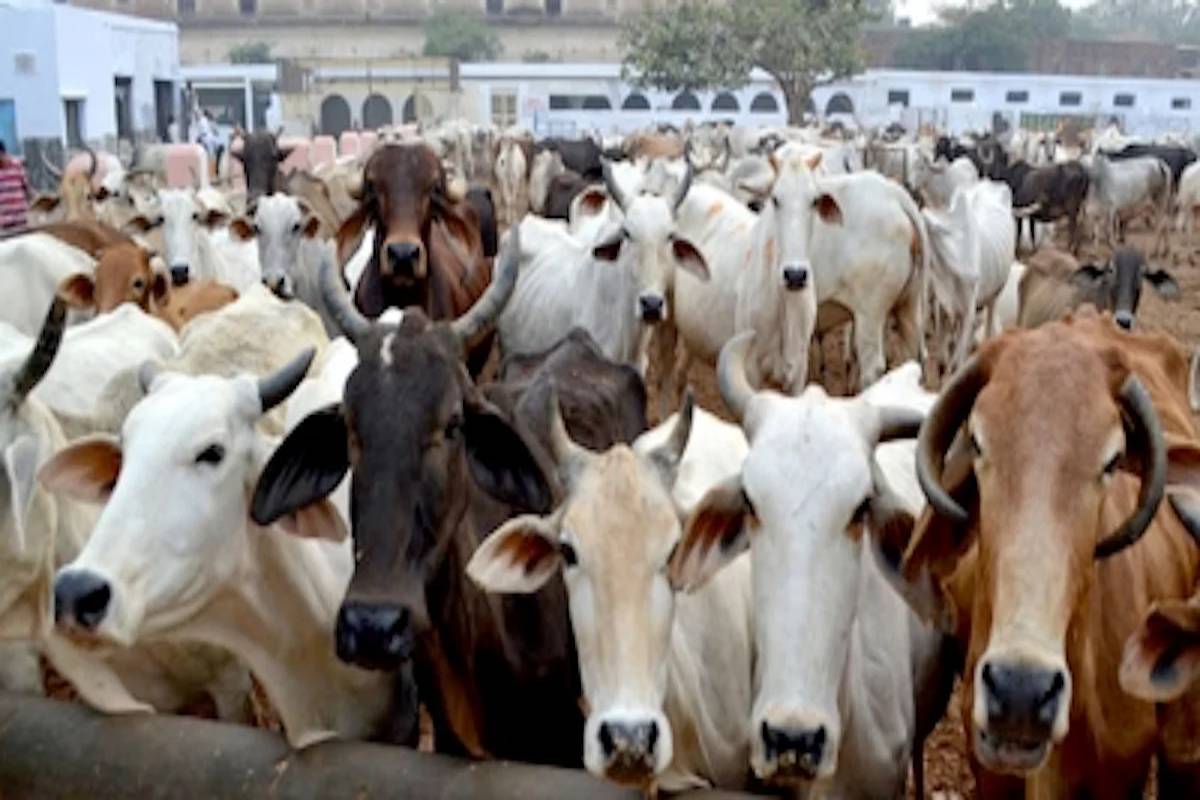Odisha CM announces 10 per cent reservation for Agniveers
In a significant development, Odisha Chief Minister Mohan Charan Majhi on Friday announced 10 per cent reservation for Agniveers of his state.
The virus has made a re-appearance in the Khurda and Puri districts after a gap of about three and half years.

(File Photo)
Lumpy Skin Disease (LSD), a Capripox virus disease affecting cattle, buffalo and goat, which was detected in Odisha in the aftermath of Fani cyclone devastated the coast in May 2019, has re-emerged in the state, the Institute of Veterinary Sciences and Animal Husbandry (IVSAH) run by SOA, said on Tuesday.
The disease, which is contagious and transmitted by agents like blood sucking fly, tick and Aedes mosquito, cause immense loss to livestock farmers and keepers on account of death of animals, expenses on treatment and more than 20 per cent reduction in milk production, Prof. Bramhadev Pattnaik, Dean of IVSAH, said.
The genus Capripox virus has three viruses affecting ruminants—the sheep pox, goat pox and LSD.
Advertisement
Prof. Pattnaik said that though the disease was initially confined to Africa, it had spread to other continents subsequently. LSD was first detected in Odisha following the Fani cyclone and it had been epidemiologically ascertained that it had travelled to the state from Bangladesh through Jharkhand, he said.
The virus, which is also known to get transmitted through contaminated feed and water, had made a re-appearance in the Khurda and Puri districts after a gap of about three and half years. The disease causes severe skin nodules in animals which subsequently turn into open wounds accompanied by high fever, he said.
Prof. Pattnaik said in the absence of a LSD vaccine, there was an urgent need to vaccinate the animals with double dose goat vaccine to prevent the disease from spreading. The LSD vaccine being jointly developed by National Research Centre for Equine (NRCE), Hisar and Indian Veterinary Research Institute (IVRI), Bareilly, is yet to be released to the market, he said adding SOA was also working on development of a vaccine against the disease.
The virus was isolated in Odisha in 2019 by two Indian Council of Agricultural Research-run institutes—National Institute of Veterinary Epidemiology (NIVEDI), Bengaluru and National Institute of High Security Animal Diseases (NIHSAD), Bhopal, and it was found to be akin to the African strain, Dr. Balaram Sahu, Assistant Professor in the department of Microbiology in IVSAH, said.
He said extensive outbreaks of LSD had occurred in Rajasthan earlier this year and the virus had been characterized by the Veterinary and Animal Husbandry department of the state government in collaboration with CSIR Institute of Genomics and Integrative Biology (IGIB), New Delhi.
Biosecurity measures like immediate isolation of affected cattle and use of mosquito and fly repellant need to be taken but vaccination of the animals was of greatest importance, Prof. Pattnaik said.
IVSAH had constituted a LDS surveillance team which included Prof. B.B. Dash, Dr. H.K. Khuntia, Dr. Radha Mohan, Dr. Gyana Pattnaik and Dr. D.N. Paul besides himself, Prof. Pattnaik said adding the research team comprised Dr. Sarita, Dr. Sunil and Dr. Sanjeev.
Advertisement